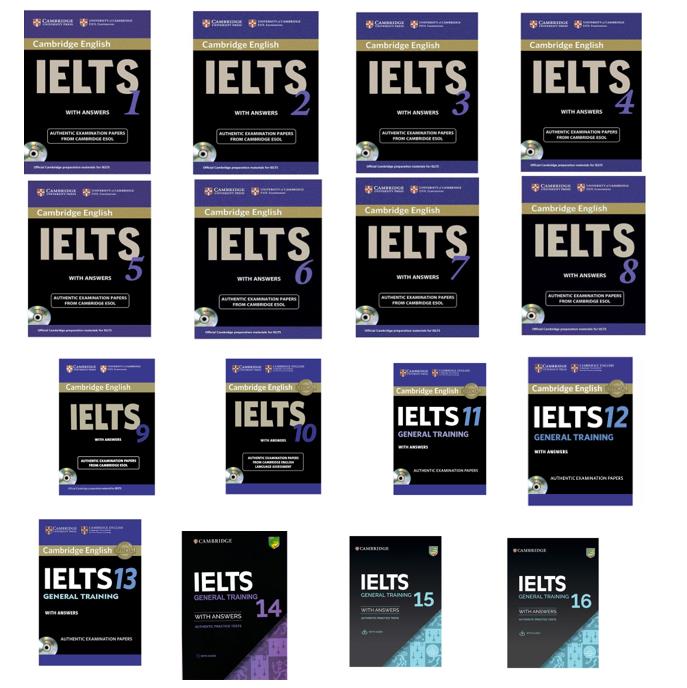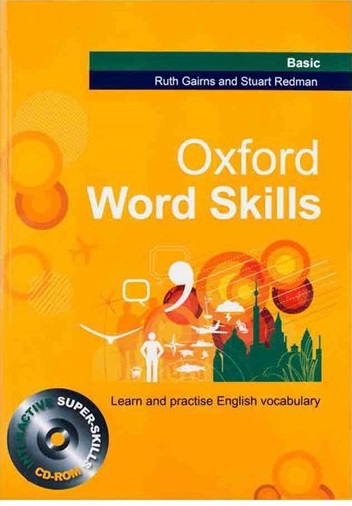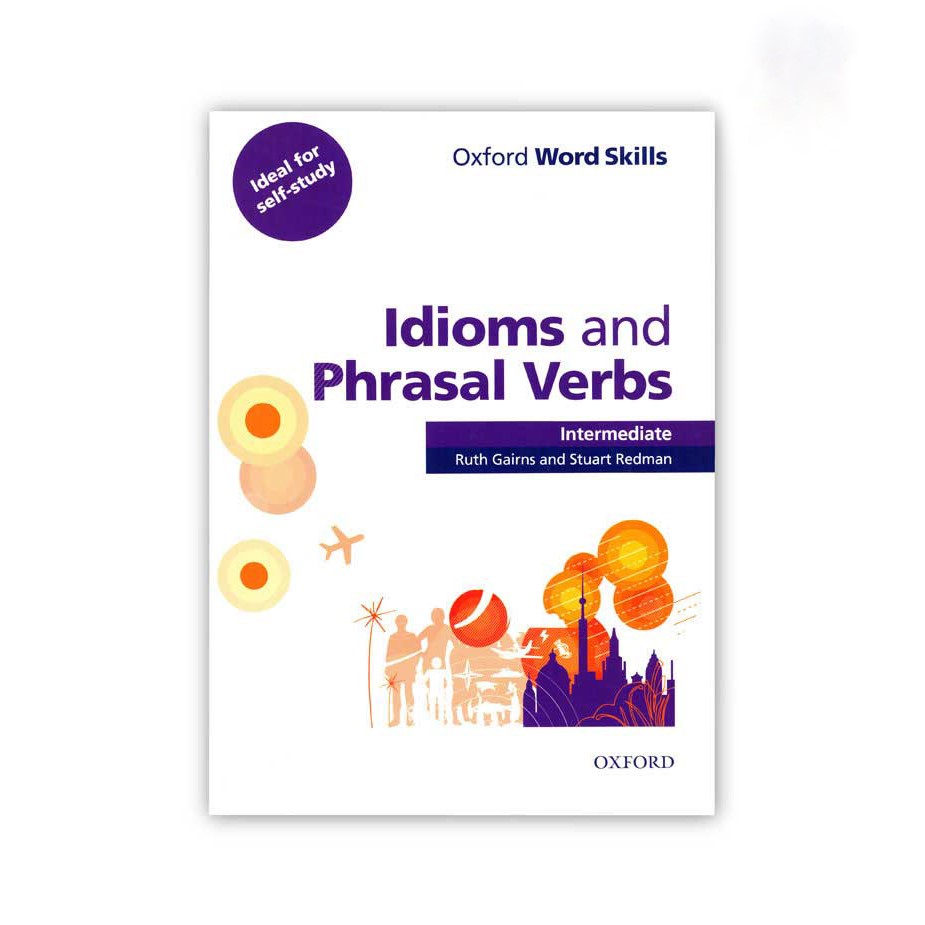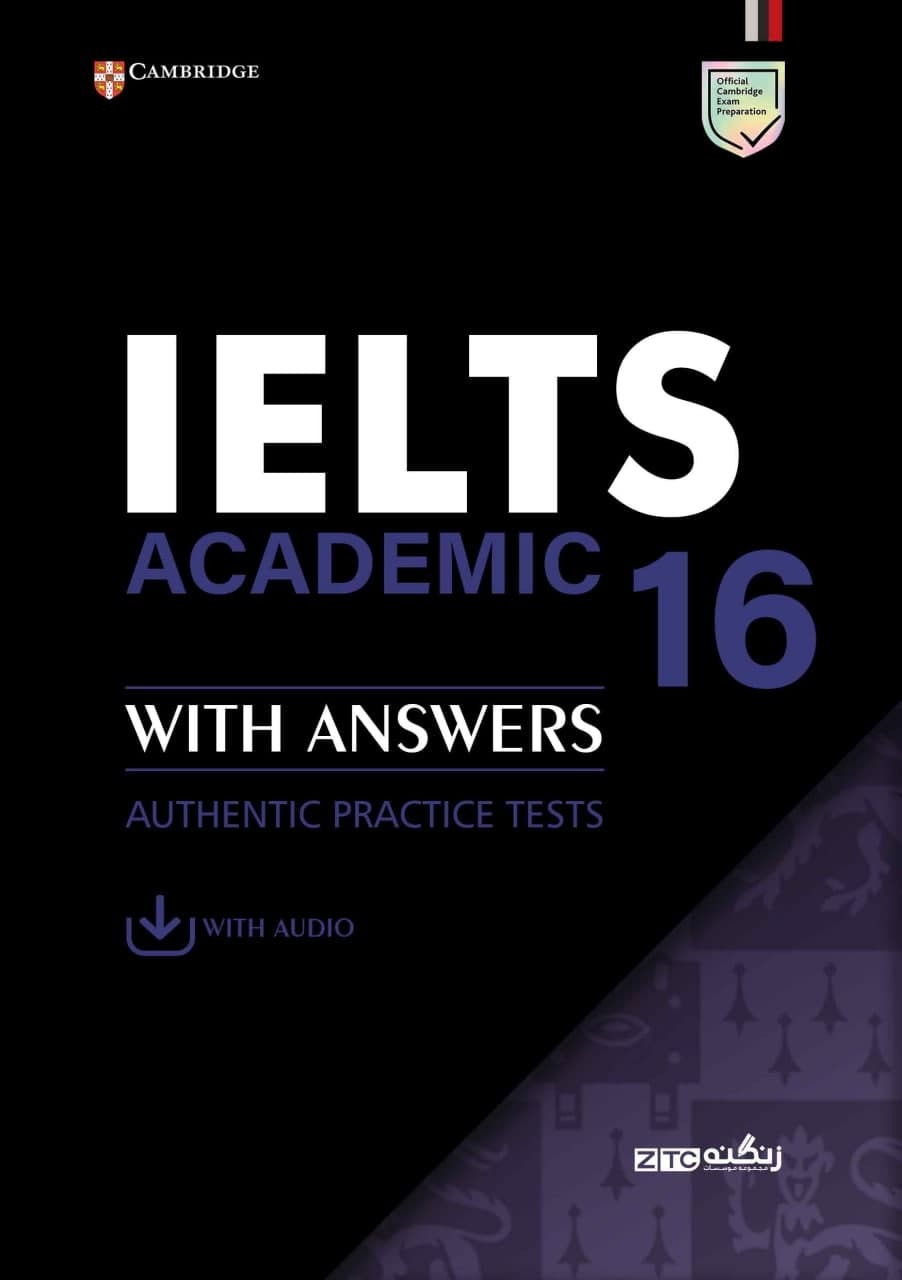Lesson 1
Parts of Speech
The 8 Parts of Speech
In the English language, all words can be broken down into eight categories. They are:
- nouns
- verbs
- adjectives
- adverbs
- prepositions
- conjunctions
- pronouns
- interjections
Some people argue that articles (a/an/the) are a separate category called articles or determiners; however, you can include these as a sort of adjective. We will look at these in more depth after we ask an important question:
Why Learn Parts of Speech for IELTS?
In order to do well in IELTS, you need to have a good knowledge of English. That’s pretty obvious, right? But how can you know the language well unless you know its basic structure? If you want to learn new words, you need to know how to use them. You should know some really basic things like:
► adjectives add detail to nouns
► adverbs give more information about verbs
► pronouns replace nouns
It is tremendously important that you understand these basics so that you can then develop more advanced skills.
This is true of language, too. If you want to speak English at an IELTS 7 level, you have to work your way up from the basics. I often tell my students that they need to master the simple sentence before they can try the complex sentence. Even when you get to the more advanced grammatical structures, you should be thinking in terms of parts of speech.
Looking at the Parts of Speech
Let’s now take each of the 8 parts of speech in turn and explore its meaning.
Noun
Definition: A person, place, idea, or thing
Example: France, a mountain, Steven, sheep, socialism
Sentences: The moon is bright.
John is reading that book.
Pronoun
Definition: A pronoun replaces a noun. Sometimes this is done to avoid repetition.
Example: he, his, her, I, we
Sentences: They wanted us to go with them.
He asked her to the dance but she said no.
Adjective
Definition: An adjective describes, changes, or gives extra information about a noun or pronoun.
Example: long, high, red, fast, British, angry
Sentences: The tall man looked at the beautiful woman. The slow car stopped by the big supermarket.
Note:
There are different kinds of adjectives:
- Descriptive (ie. difficult, cheap)
- Proper (ie. Japanese, Italian)
- Quantitative (ie. some, many) and so on…
Adverb
Definition: An adverb describes a verb, adjective, or even another adverb.
They often end in “-ly”.
Example: quickly, silently, cunningly, amusingly, frankly, eventfully, coyly
Sentences: She quickly ran out to get help. He drove carefully to the village.
Verb
Definition: A verb is usually an action, but may also indicate a state of being.
Examples: think, run, dance, sing, believe
Sentences: He studies English so he can go to America. They think they can beat their rivals.
Conjunction
Definition: A conjunction joins two words or groups of words, and can connect clauses.
Examples: and, but, or, yet
Sentences: They want to go skiing, but it’s too expensive. She ate ice cream and cake for dessert.
Preposition
Definition: Shows the relationship between a noun (or pronoun) and another word.
Examples: on, at, in, from, about Sentences:
Sentences: The keys are on the table. She sat near the door.
Interjection
Definition: A word or phrase that expresses emotion.
Examples: wow, ah, watch out, ouch
Sentences: Ouch! That hurt! Wow! That was amazing!
Building Sentences with Parts of Speech
Of course, the purpose of knowing these parts of speech is to better understand language. They can help you to decode what a sentence means, but they can also help you to produce better sentences. knowing the parts of speech is fundamental and help you build your language to the level of IELTS 7 or above.
At its most basic, a sentence can sometimes be one word, like an interjection or a verb:
| verb | interjection |
| “Run!” | “Hey!” |
However, to make a proper sentence requires at least a noun and a verb that express a complete thought or idea:
| noun | verb |
| Frank | reads. |
We can add verbs or nouns for more specific meaning, or replace the noun with a pronoun to avoid repetition:
| pronoun | verb | noun |
| He | likes | computers. |
| noun | verb | verb |
| Paul | was | working. |
Adverbs and adjectives can alter verbs and nouns to give our language more color:
| noun | verb | adjective | noun |
| Peter | has | nice | parents. |
| noun | verb | noun | adverb |
| Sally | plays | piano | beautifully. |
Prepositions give us more information about where or when something happens:
| pronoun | verb | preposition | determiner* | noun | adverb |
| She | walked | to | the | shop | slowly. |
(*remember that a determiner or article is another part of speech, sometimes considered an adjective)
Conjunctions allow us to add multiple clauses into a sentence:
| pron. | verb | adj. | noun | conjunction | pron. | verb | pron. |
| They | like | noisy | cars | but | I | hate | them. |
You should use your dictionary to find out the correct part of speech for a word when studying. Keep in mind that some words may be classified as more than one part of speech. For example, “work” can be both a verb and a noun:
- I went to work (noun)
- I was working (verb)






